Highly successful people have something special about them. They have the drive and dedication to reach their goals, but they also have certain habits that set them apart from everyone else. These habits are often kept secret, as they allow successful people to soar above the competition. This article will explore 12 of these secret habits that highly successful people adhere to stay on top of their game.
Serengeti National Park – Tanzania
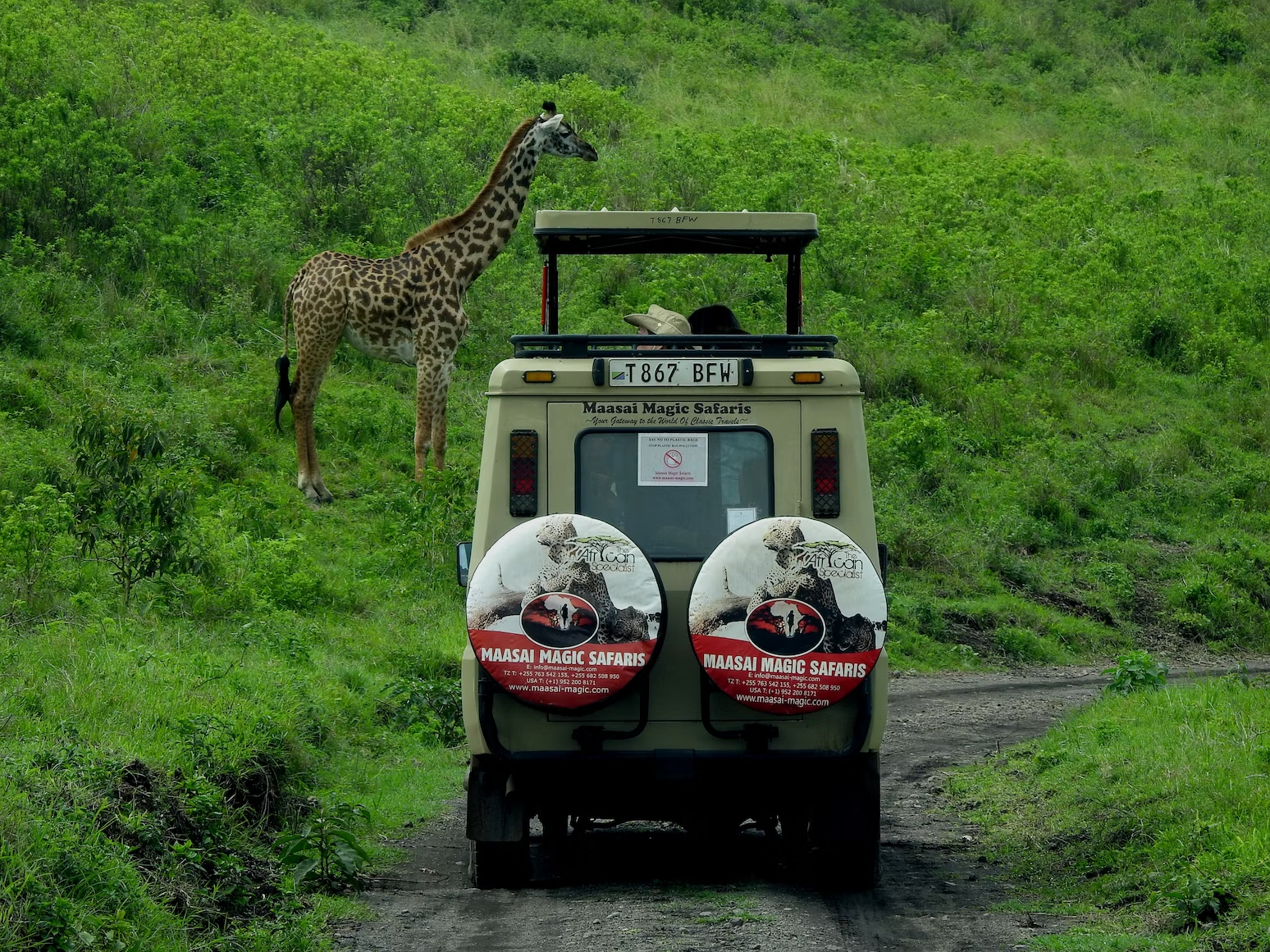
The Serengeti, which means “Endless Plains” and is situated in northern Tanzania and spills over into Kenya’s Maasai Mara, is one of the most fascinating wildlife viewing locations on Earth. The Maasai Mara in Kenya is where millions of wildebeest, zebra, and gazelle migrate each year in search of water and new pasture, making it one of the world’s most well-known natural phenomena.
You very certainly will witness a killing when you are on safari because predators accompany all of the plains game. But the Serengeti offers so much more all year long, and it’s even better without the people. It’s not only a terrific spot to visit during the Great Migration. Get the greatest glamping experience possible by going on a hot air balloon safari.
Yellowstone National Park – USA
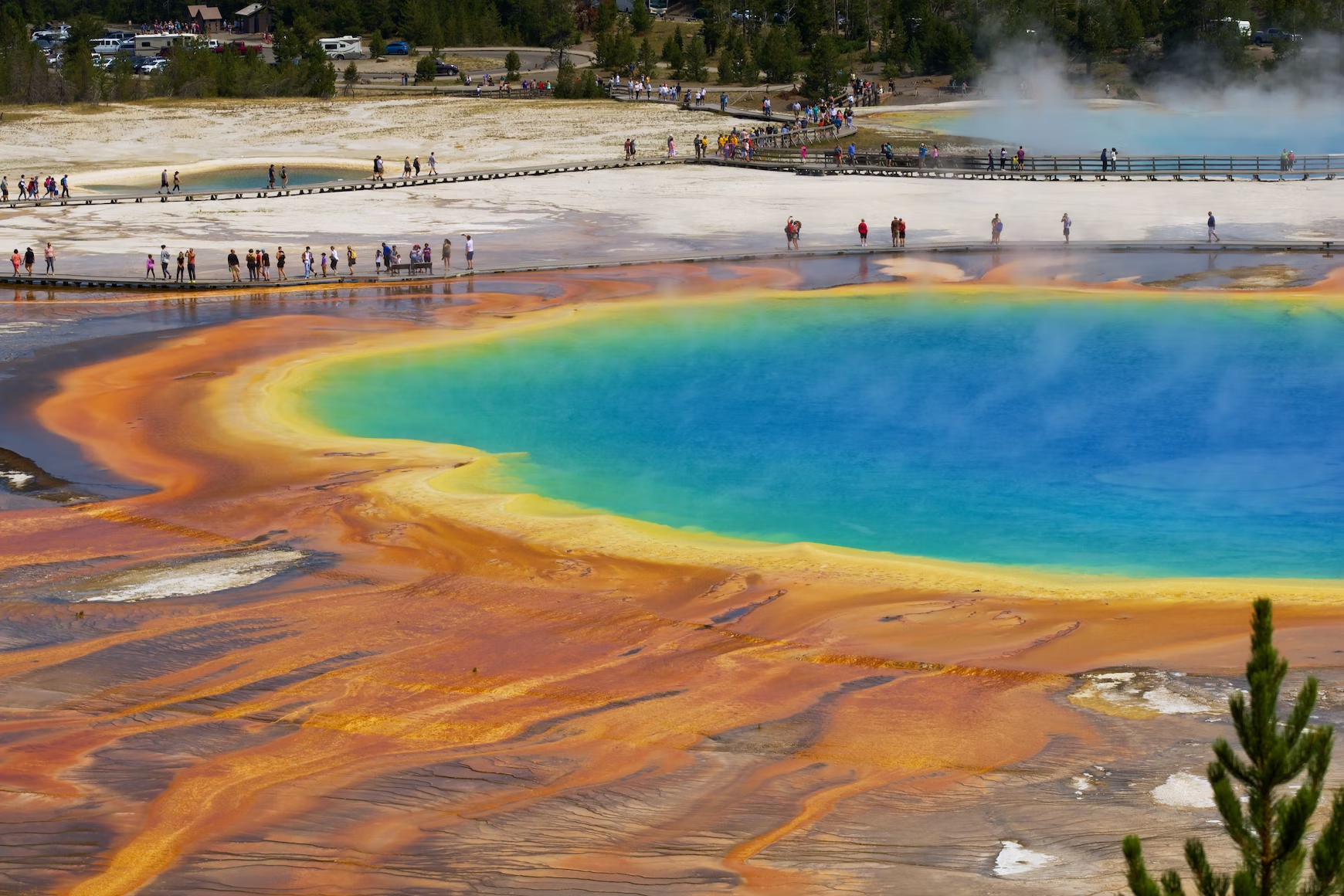
Yellowstone National Park has thousands of mud pots and hot springs, as well as hundreds of scorching geysers like the “Old Faithful.” There is nowhere else on the planet quite like it, and it is situated on the biggest supervolcano ever discovered.
It was the world’s first national park, established in 1872 to preserve its extraordinary natural beauty and interesting species. The park is a haven for animal enthusiasts and is a part of the Greater Yellowstone Ecosystem. Here, among others, are grizzly bears, black bears, and gray wolves.
Galapagos National Park – Ecuador
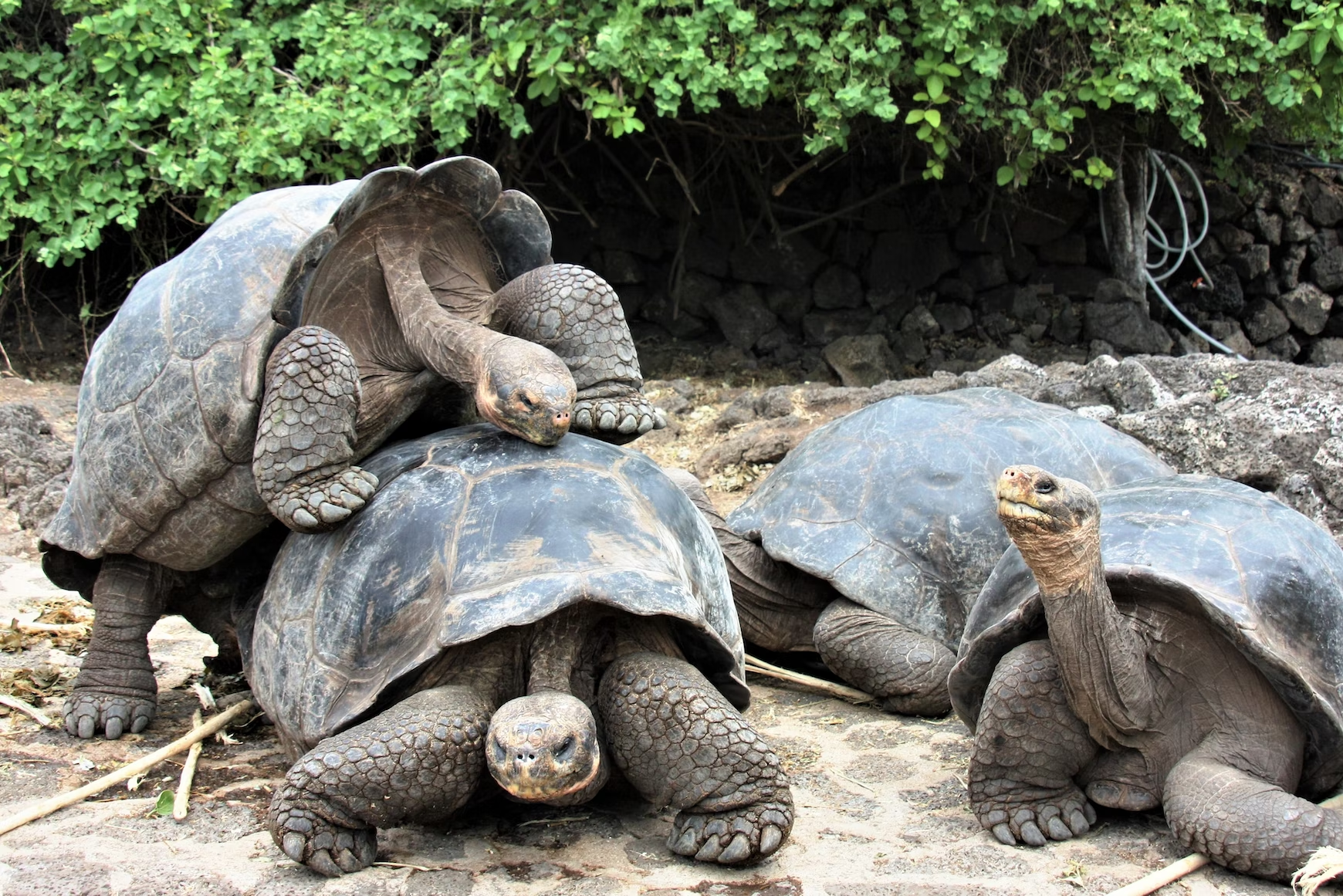
One of the world’s most biologically varied locations is Galápagos National Park, which sits off the coast of Ecuador. It is the oldest park in Ecuador, having opened in 1959. The park has a wholly distinct environment and covers 97% of the Galapagos island archipelago, with the remaining 3% being populated islands. Here, you can find fish, plants, and other creatures unique to this part of the planet. It’s the only area in the Northern Hemisphere where penguins may be found, and iguanas outnumber people by a wide margin.
Even the tortoise, the penguin, and the lizard species are unique to the Galapagos. However, the Galapagos Marine Reserve also protects the waters offshore, protecting species like the Galapagos marine iguana, Galapagos sea lion, and Galapagos green sea turtle that are unique to those areas. A tour around the islands is the finest way to experience the park on land and sea, but be ready to hand over some cash.
Banff National Park – Canada

Banff National Park, located in Canada’s Alberta Rockies, is undoubtedly one of the most beautiful places on the planet. Two alpine towns—Banff and Lake Louise—that serve as excellent park bases are tucked away among snow-capped mountain peaks and wooded slopes.
The rest of the park is largely undeveloped, making it the ideal place to see animals in their natural habitat—apart from these two patches of civilization. The mountains are home to bighorn sheep, moose, lions, wolves, and black or grizzly bears. For breathtaking vistas, take a gondola trip up the hill. You can also ski around Lake Louise or go to one of the world’s most stunning alpine meadows, Sunshine Meadows.
Iguazu National Park – Argentina & Brazil

Iguazu National Park, which straddles the border between Argentina and Brazil, is home to one of the world’s most famous natural wonders, Iguazu Falls. This massive and thunderous chain of semicircular waterfalls, whose name translates to “Great Water,” bursts over into both nations.
But the park is more significant than just its stunning waterfall. A portion of the Atlantic Forest, home to 400 bird species and 2,000 different plant species, is also part of Iguaz. Howler monkeys, gigantic anteaters, ocelots, jaguars, and even the uncommon broad-snouted Caiman can all be seen by park visitors who want to explore the area on foot.
Fiordland National Park – New Zealand
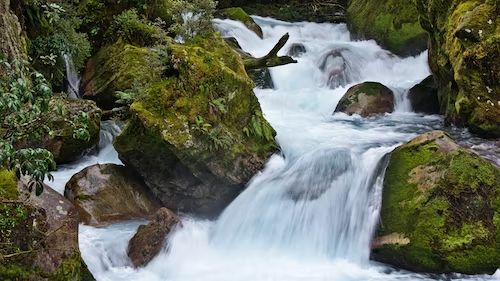
Fiordland National Park is the largest national park in New Zealand and, indeed, one of the largest in the world. While it’s home to an impressive series of glacier-tipped fjords, the major highlight is the Milford Sound, one of the most-visited destinations in the country and the only fjord in the park that can be reached by road.
Despite being over four hours’ drive from Queensland, the Milford Sound still receives close to a million visitors every year tells you something. It isn’t easy to name a more beautiful place. With its charming mountains, raging waterfalls, spectacular wildlife, and total isolation, the Milford Sound is like nowhere else on Earth.
The flightless takahe bird and the flightless kakapo parrot have been found in the Fjordlands. One of the highlights of a visit to the park is splurging on a cruise of Lake Te Anau and the Te Anau Caves, an enchanting underground network of limestone caves illuminated by hundreds of glowworms.
Kruger National Park – South Africa
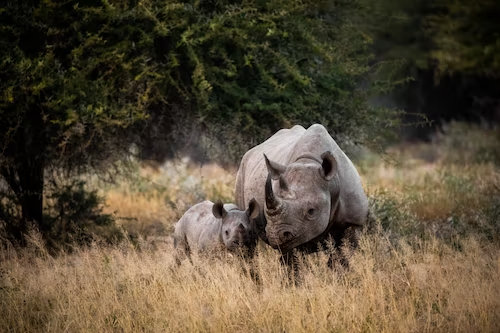
Kruger National Park is South Africa’s flagship park and an epic place to spot the Big Five in their natural habitat. Bordering Mozambique and Zimbabwe, the park covers 14 different ecozones, each providing a home to other wildlife. Leopards, lions, elephants, rhinos, and buffalo can all be found here.
The best part about Kruger is that you don’t need to join a guided tour if you don’t want to. It’s well-suited to self-drive and night drives, and for those who dare to leave the safety of their vehicle, there are hiking trails too. The banks of the Sabie and Crocodile rivers in the park’s southern section are a great place to watch wildlife, while the northern reaches are perfect for bird watching.
Komodo National Park – Indonesia

Komodo National Park in Indonesia is home to three large islands – Komodo, Rinca, and Padar – and several smaller islets. The park is named after the world’s giant living lizard, the Komodo Dragon, which can grow up to three meters in length and weigh over 70 kilograms. In addition to the Komodo Dragons, the park is home to various other wildlife, including wild horses, water buffalo, long-tailed macaques, Timor deer, palm civets, and wild boar. The park’s offshore waters are home to some of the world’s most diverse marine environments, with over 260 different species of coral and a wide range of sponges, crabs, and bony fish. Divers and snorkelers can see manta rays, sea turtles, sharks, dolphins, and whales, from the shore or while kayaking or stand-up paddling.
Ranthambore National Park – India
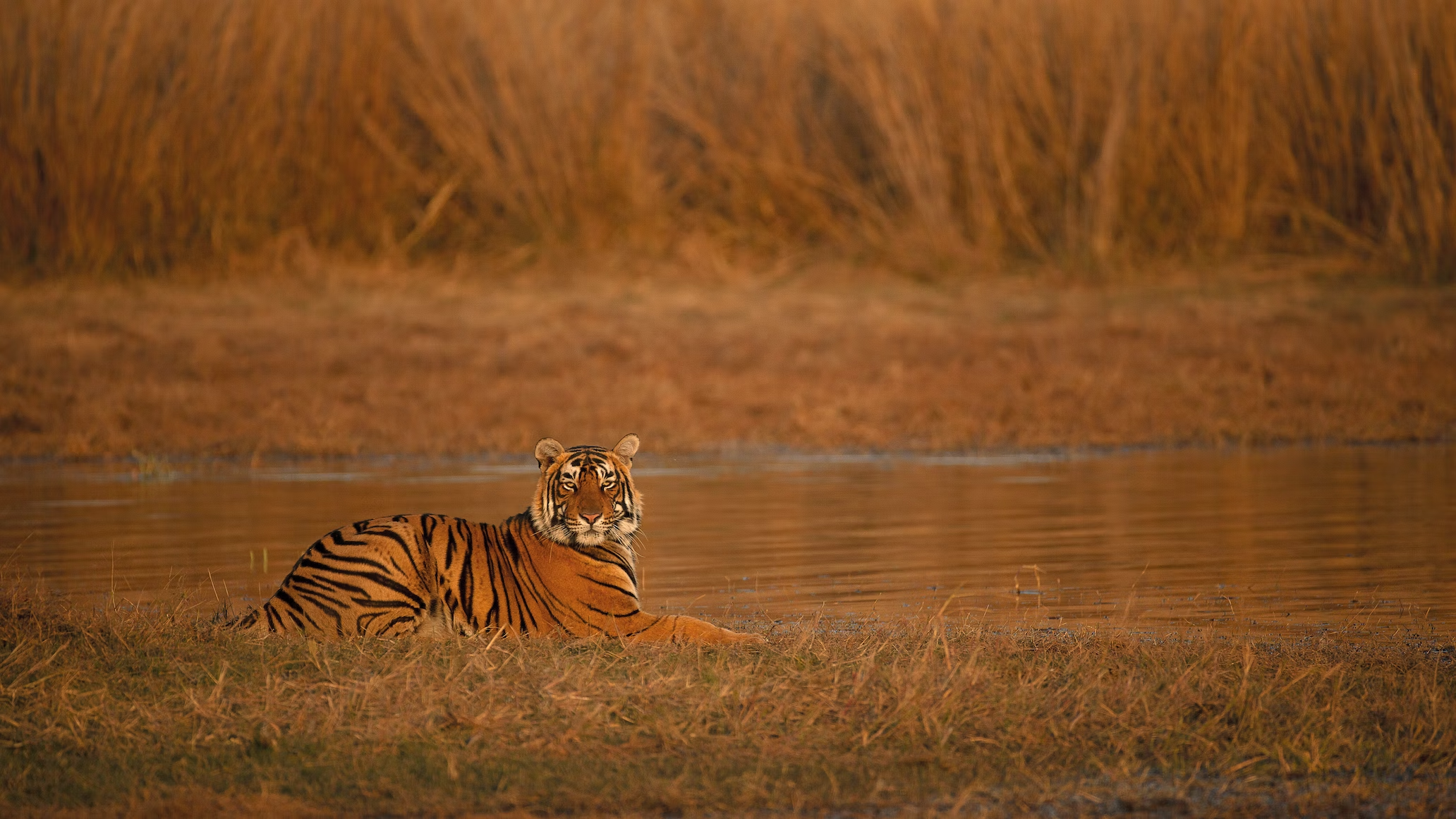
Ranthambore National Park is a well-known national park in India, located in the Sawai Madhopur district of southeastern Rajasthan. The park is known for its royal Bengal tigers, which can be seen in their natural habitat from November to May. In addition to tigers, the park is home to other wildlife, including Indian leopards, sloth bears, striped hyenas, and other animals. Visitors to the park can also explore its numerous historical remains, including a former fortress that offers panoramic views of the jungle. From this vantage point, it is possible to see vultures and serpent eagles at eye level above the treetops.
Vatnajokull National Park – Iceland
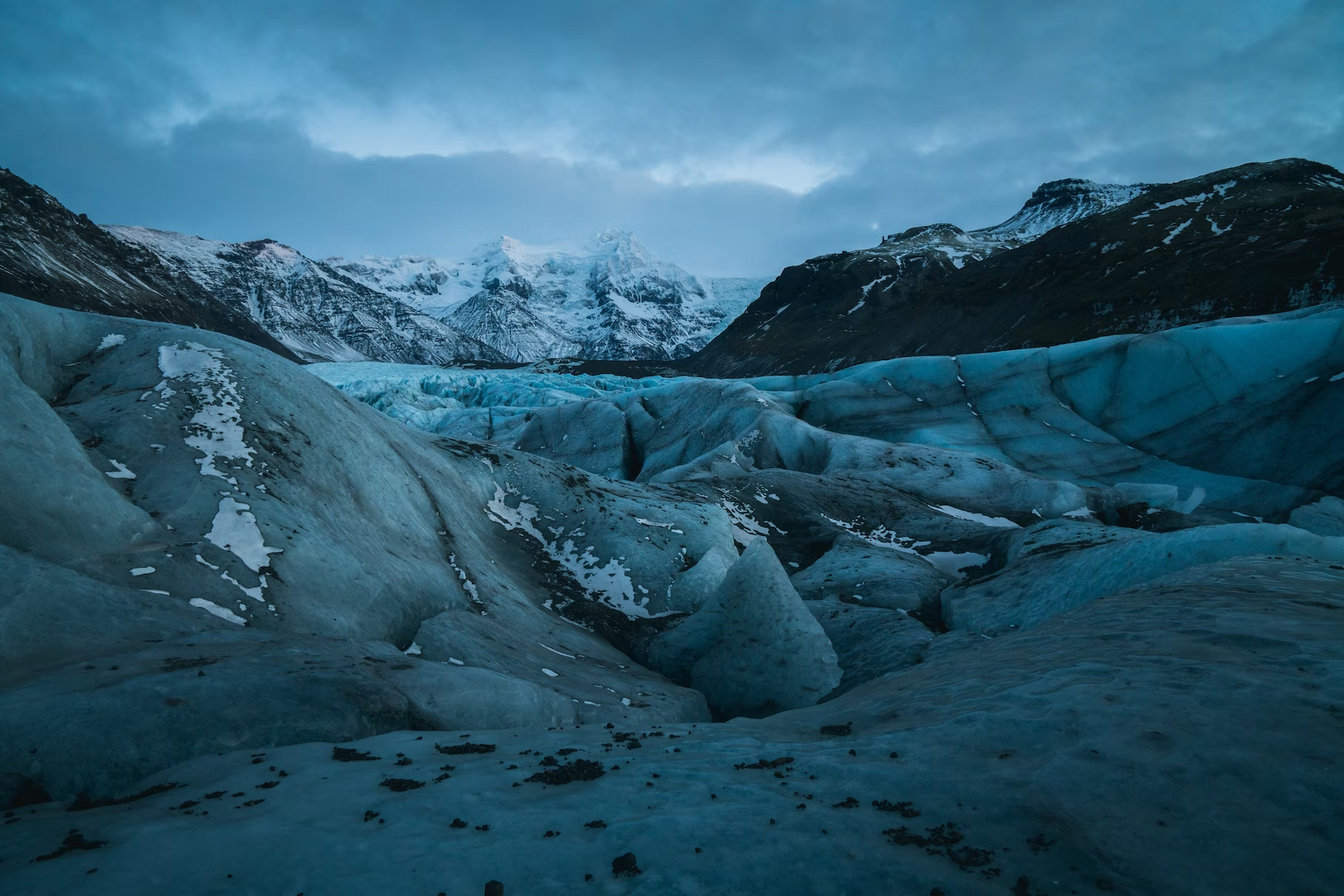
Vatnajokull National Park is one of three national parks in Iceland, known for its stunning glacial ice, impressive waterfalls, deep valleys, and active volcanoes. The park is home to the Vatnajokull glacier, the second-largest glacier outside the Arctic. It is also the largest national park in Europe, encompassing two former national parks in the southwest and north of the country. Visitors can explore the park year-round, and there are excellent facilities available, including free toilets, free parking, and paid internet. There are many ways to explore the park, including guided treks, ice walks, guided skiing trips, ice climbing, snowmobiling, jeep safaris, and even sailing trips between the icebergs on the surrounding lake.
Manuel Antonio National Park – Costa Rica
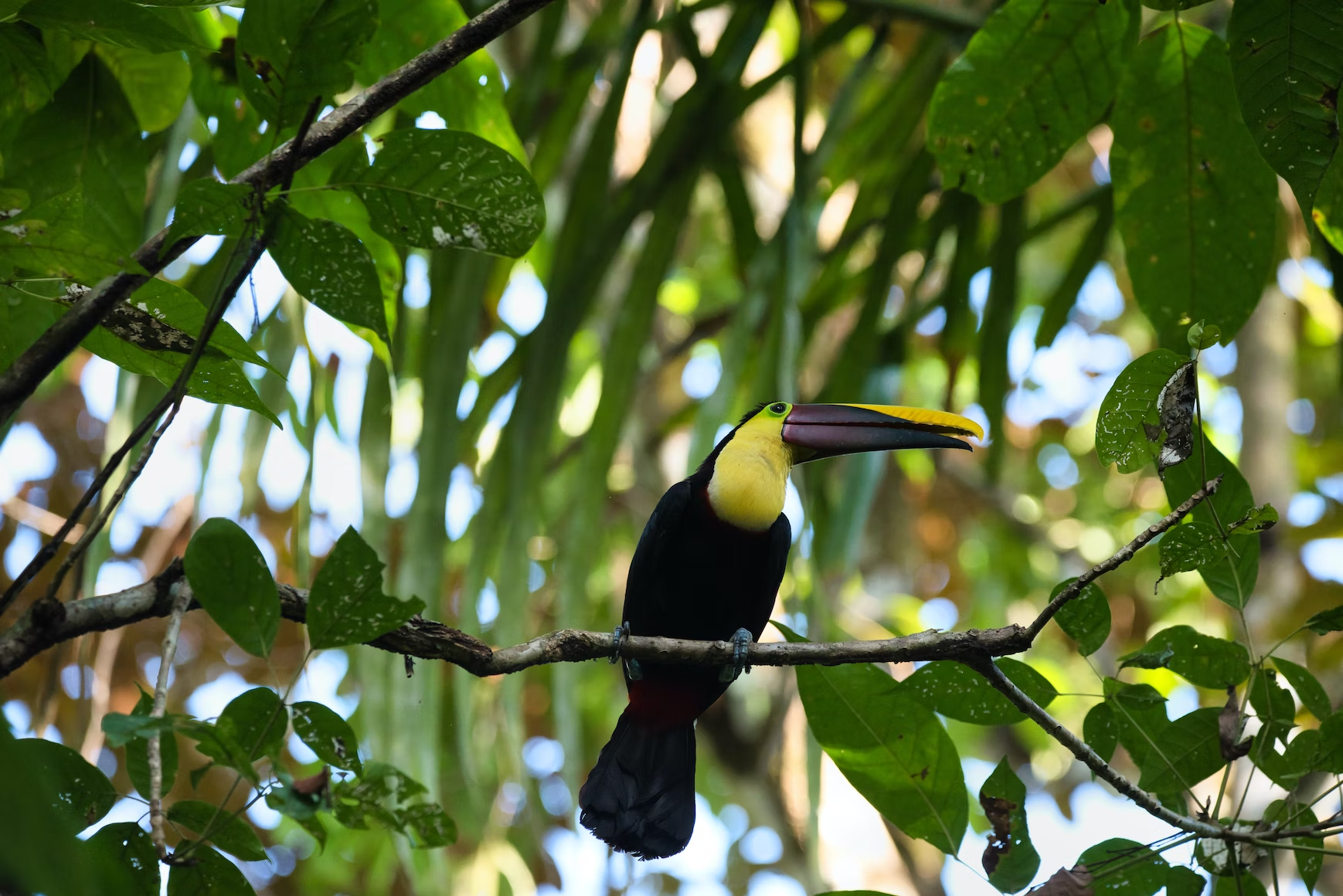
Manuel Antonio National Park is a popular national park in Costa Rica, known for its exceptional wildlife. Located south of Quepos, it is Costa Rica’s smallest national park but one of the most popular. Due to its popularity, authorities have had to restrict visitors from visiting on Mondays to allow the natural environment to recover. When you do visit on another day of the week, it is advisable to go early, as the park limits the number of visitors and can get very crowded. The park is spread across the jungle and features four hiking trails and a series of beaches. It is known for its primate sightings, including sloths, squirrel monkeys, and white-faced monkeys in the trees.
Etosha National Park – Namibia
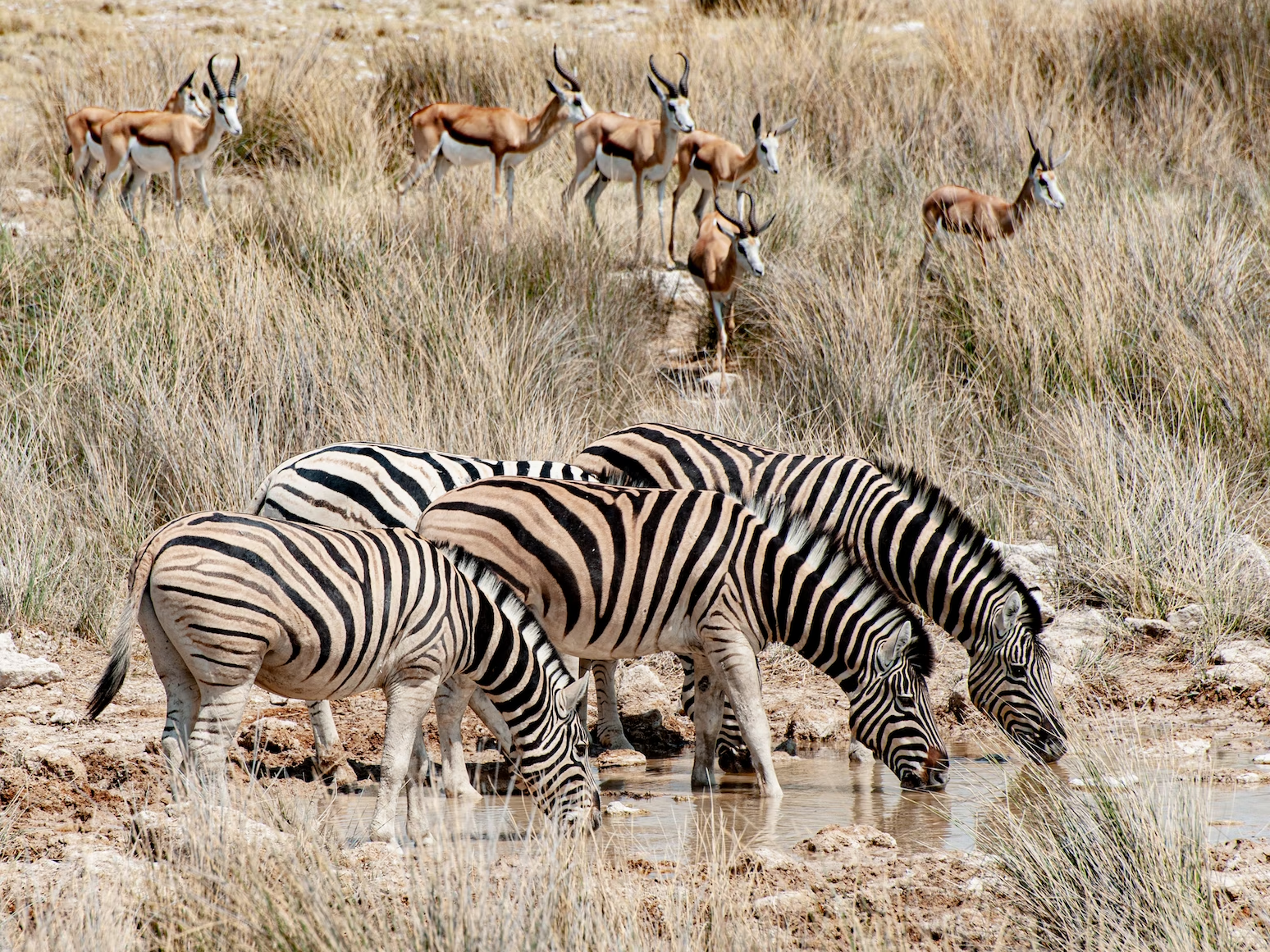
Etosha National Park, the second largest game reserve in Namibia, gets its name from the phrase “Great White Place,” which refers to the Etosha salt pan located within its boundaries. The salt pan is a popular spot to see animals, especially during the dry winter months. Wildlife sightings are common and exciting in Etosha, where you can see three of the Big Five animals – rhinos, lions, and elephants – as well as other plains animals like giraffes, zebras, gemsbok, wildebeest, and springbok. Visitors can explore the park independently or with a tour guide, but it’s important to note that they are not allowed to leave their vehicles except at designated camps for safety reasons.
Jiuzhaigou National Park – China
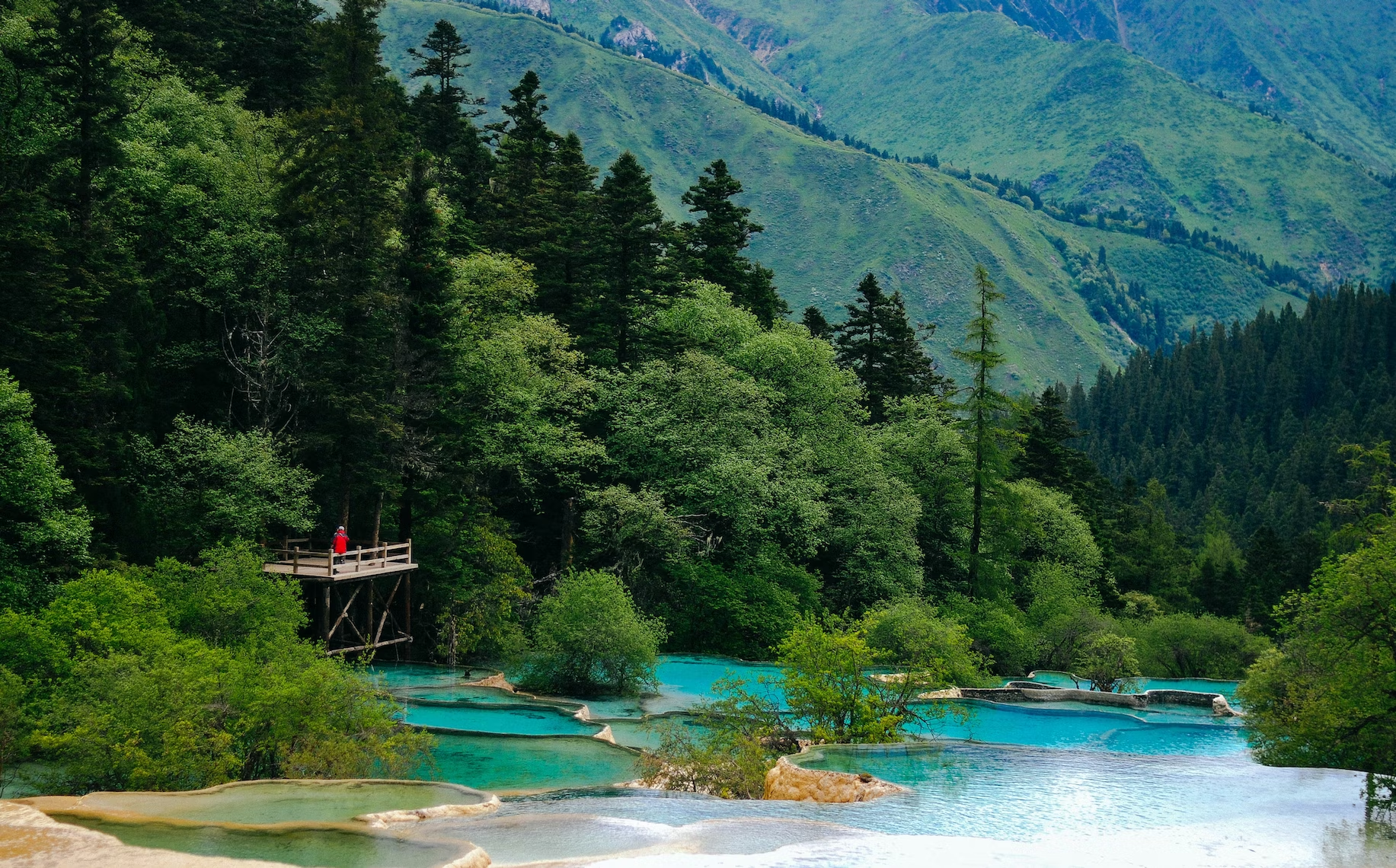
Jiuzhai Valley, also known as Jiuzhaigou National Park, is a nature reserve in the Sichuan province of central China. The park is named after the nine old Tibetan towns located within it, and it is known for its beautiful waterfalls, karst mountains, and hundreds of deep lakes that shimmer in shades of blue, turquoise, and green. While sightings of the Sichuan Golden Snub-Nosed monkeys and giant pandas are rare in the park, it is still famous for them. One of the park’s most popular attractions is the Jade Pool, also known as the Five Color Pool, for its gorgeous, color-changing waters. Most visitors come to the park to see its stunning natural beauty, and it is a must-see destination for nature enthusiasts.
Torres del Paine National Park – Chile
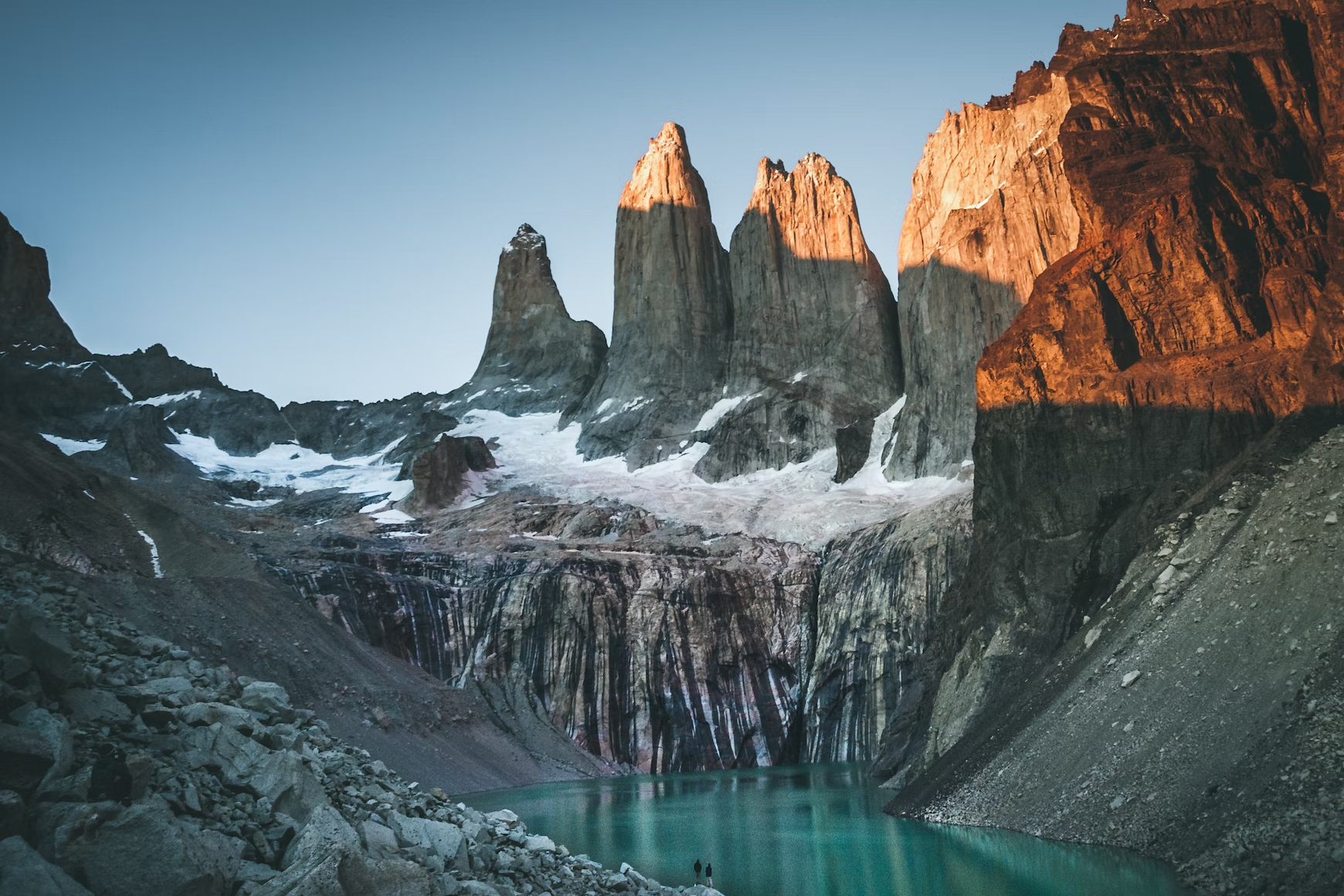
Torres del Paine National Park is located in Chile’s Patagonian region, known for its frozen glaciers, turquoise alpine lakes, and towering, snow-capped mountains. It is a popular destination for hikers, kayakers, and mountain bike riders, and its three granite “Towers of Paine” give the park its name. Several different hiking circuits are available, including the W Circuit, which can be completed in four to five days, and the longer and more challenging O Circuit, which takes six to ten days to complete. Alternatively, visitors can relax and take a leisurely kayak trip to the Grey Glacier, a unique and unforgettable experience.
Plitvice National Park – Croatia

Plitvice National Park is a beautiful national park in Croatia known for its stunning natural beauty. The park consists of 16 interconnected lakes and woodlands, divided into two sections 12 higher lakes and four lower lakes. The lakes are known for their changing colors, ranging from blue to green and everything in between, depending on the sun’s angle and the minerals in the water. Visitors can follow the park’s hiking trails through the trees and along the lakes at their own pace and may spot a variety of wildlife, including capercaillie, wolves, wild cats, and European brown bears. The park is also home to over 126 species of birds, including the capercaillie, making it an excellent destination for birdwatchers.
Goreme National Park – Turkey

Goreme National Park is a remote and colorful landscape located in Cappadocia in central Turkey. It is known for its dramatic rock formations, formed over thousands of years by water and wind erosion. The park includes everything from impressive rock towers to fairy chimneys. Humans had lived in the valley since the 4th century when they began creating a network of interconnecting underground tunnels and villages to protect themselves from Arab invaders. Today, visitors can explore these underground communities, which are still inhabited and include chapels, storerooms, and homes carved into the rock. Exploring these hidden underground spaces is a unique and fascinating experience.
Yosemite National Park – USA
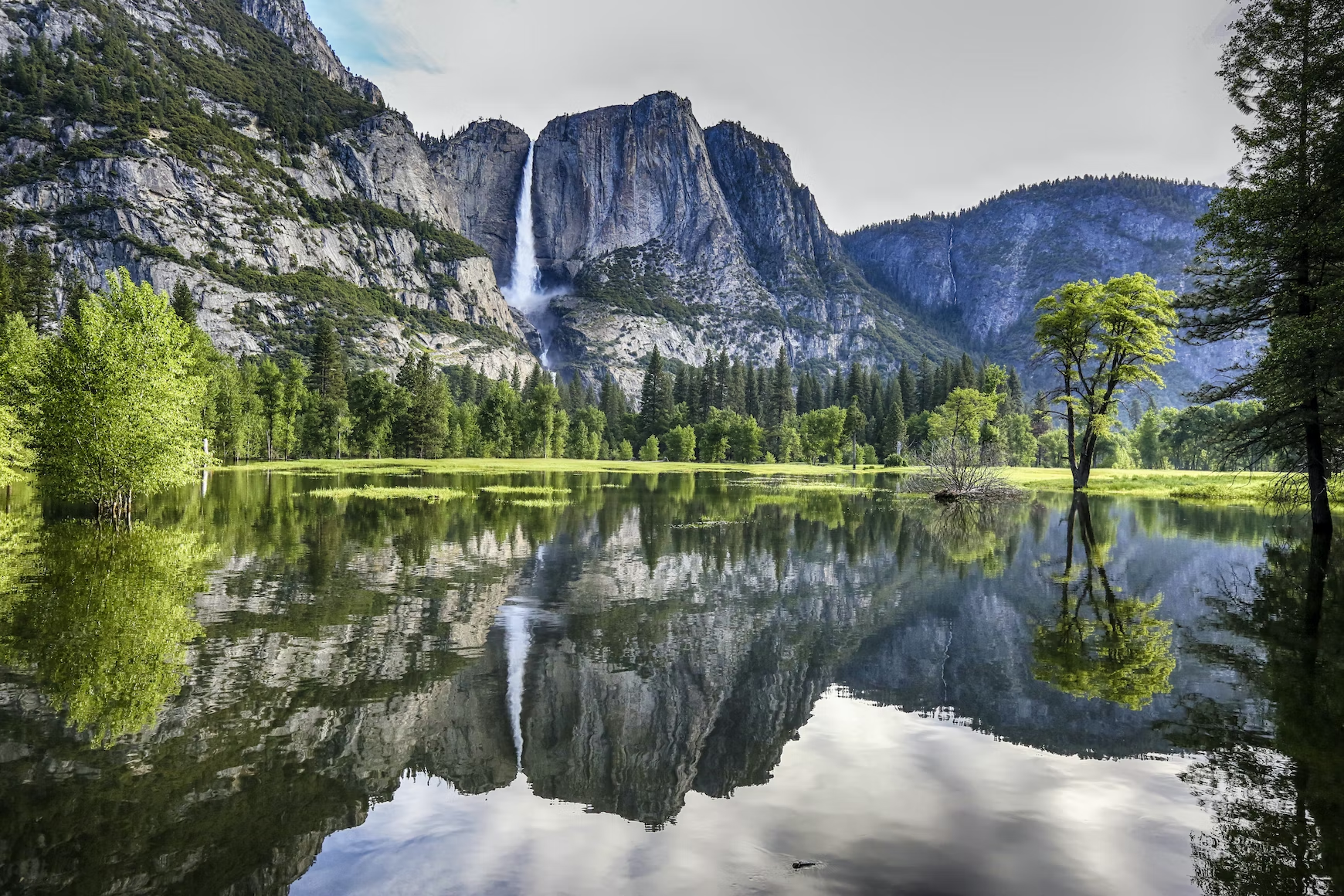
Yosemite National Park is a well-known national park in the United States in the Sierra Nevada Mountains in California. The park is known for its breathtaking panoramic views of granite cliffs, flowing waterfalls, numerous lakes, trickling streams, giant sequoia groves, and the tallest trees on Earth. There are more than 1,200 kilometers of hiking trails available in the park, suitable for all fitness levels. One popular destination is Glacier Point, which offers breathtaking views of Yosemite Valley. In addition to hiking, the park also offers other activities, such as horseback riding, rock climbing, skiing, and golfing. The park is home to over 300 species of vertebrate creatures, including 85 local mammal species and around 150 bird species, making it an excellent destination for wildlife enthusiasts.
Kakadu National Park – Australia
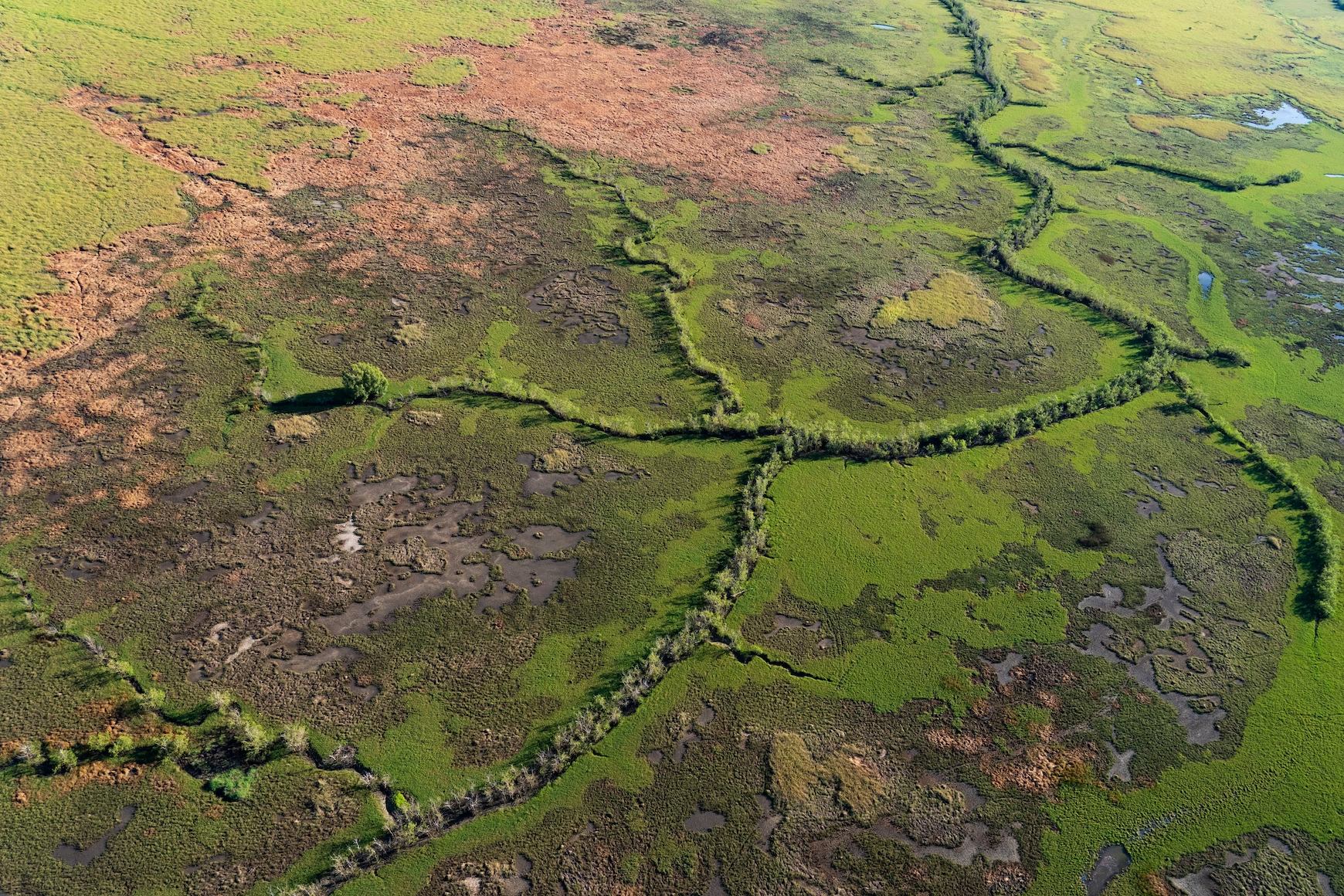
Kakadu National Park is the largest national park in Australia. It is a must-see destination for those looking to immerse themselves in the unique culture and wildlife of the region. To fully experience the park, it is recommended to spend at least a week exploring its varied landscapes, including coastal marshes, woods, and wilderness. The park is home to almost a fifth of all Australian mammals, making it an excellent destination for wildlife enthusiasts. Fishing enthusiasts can enjoy catching barramundi, and birdwatchers will be in their element due to the park’s millions of birds. The park also features numerous ancient Aboriginal rock art sites, including Ubirr and Nourlangie Rock, which date back hundreds or possibly thousands of years and are worth exploring at your own pace.
Canaima National Park – Venezuela

Canaima National Park, one of the largest in the world, is located in Venezuela’s Gran Sabana region and is the gateway to the famous Angel Falls. It is a popular destination for trekking and is known for its tabletop mountains, waterfalls, and lush savannas.
A popular trek that many tourists take is the two-night, three-day journey to the base of Angel Falls, which includes a canoe ride. Along the way, visitors can see a variety of flora and fauna, including hundreds of different orchid species, three-toed sloths, poisonous arrow frogs, pumas, and capybaras.
For those looking for a longer adventure, there is the option to take a four to eight-day walk from the town of Paraitepuy into the Monte Roraima region of the park. The mountain’s summit sits on the border of Guyana, Brazil, and Venezuela.
Grand Canyon National Park – USA

Grand Canyon National Park is one of the most famous national parks in the world and a peaceful retreat from the hustle and bustle of city life.
There are many things to do at the Grand Canyon, such as visiting Mather Point, Yavapai Observation Station, and the architectural marvels of Mary Colter’s Lookout Studio and Desert View Watchtower. The red rocks at the Grand Canyon showcase millions of years of geological history.




